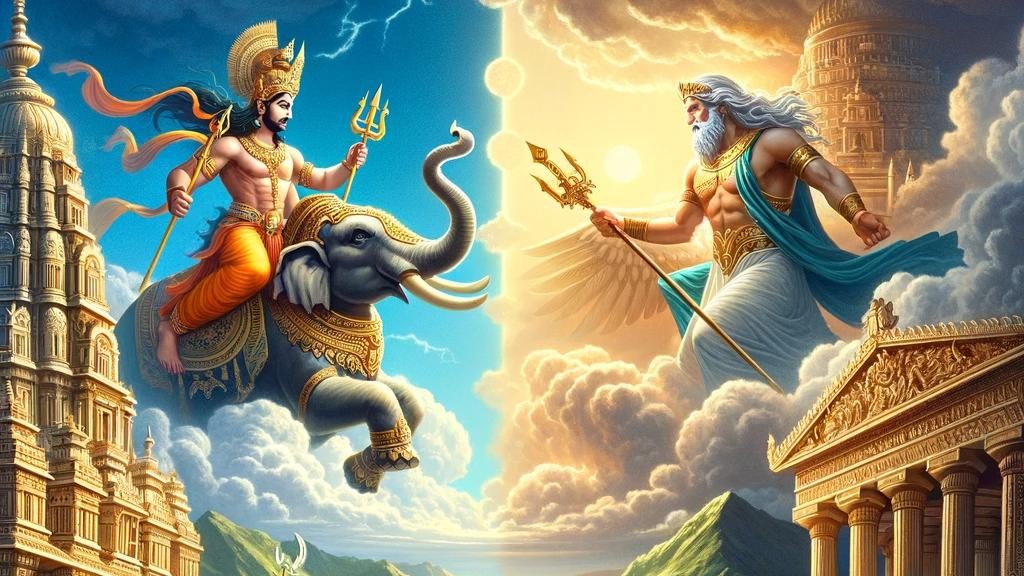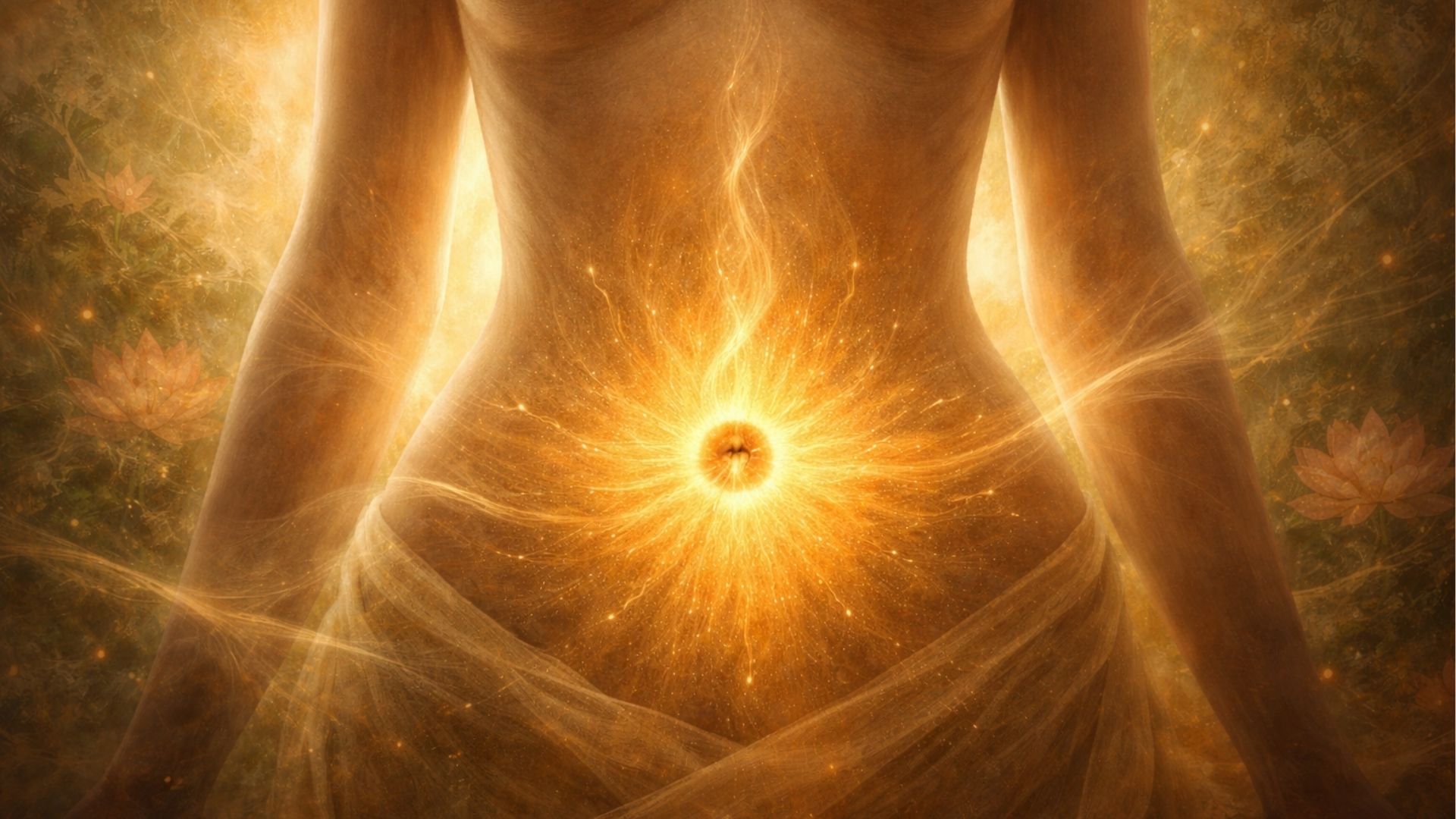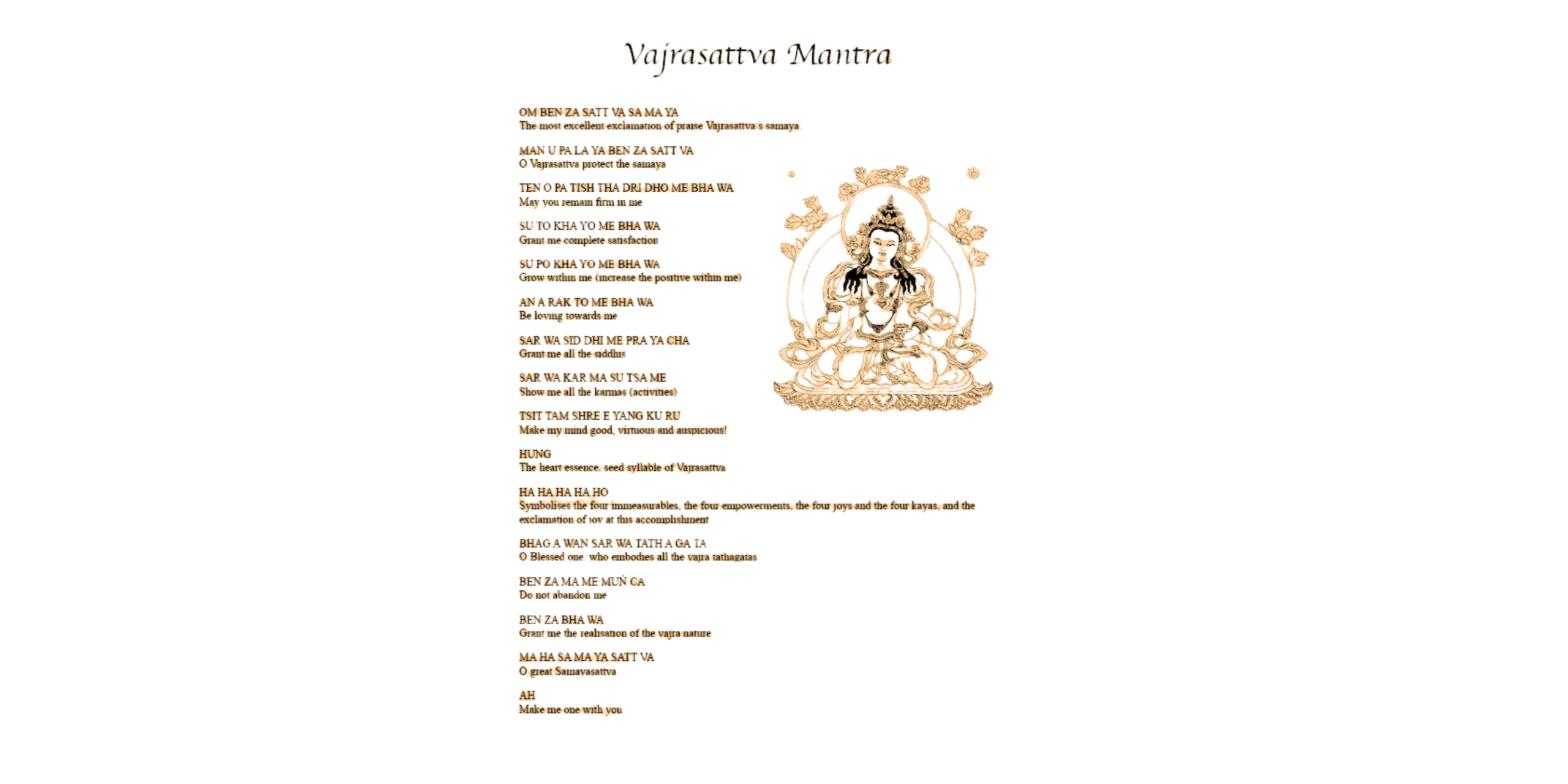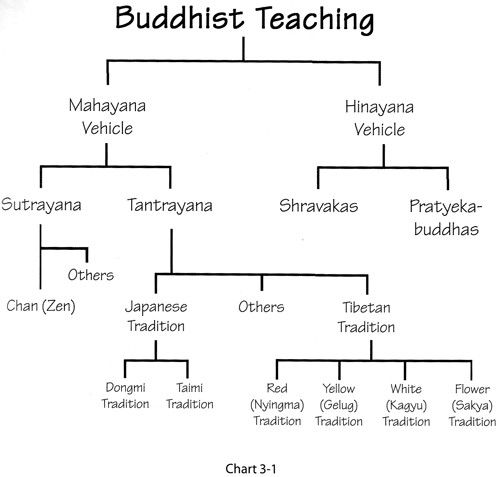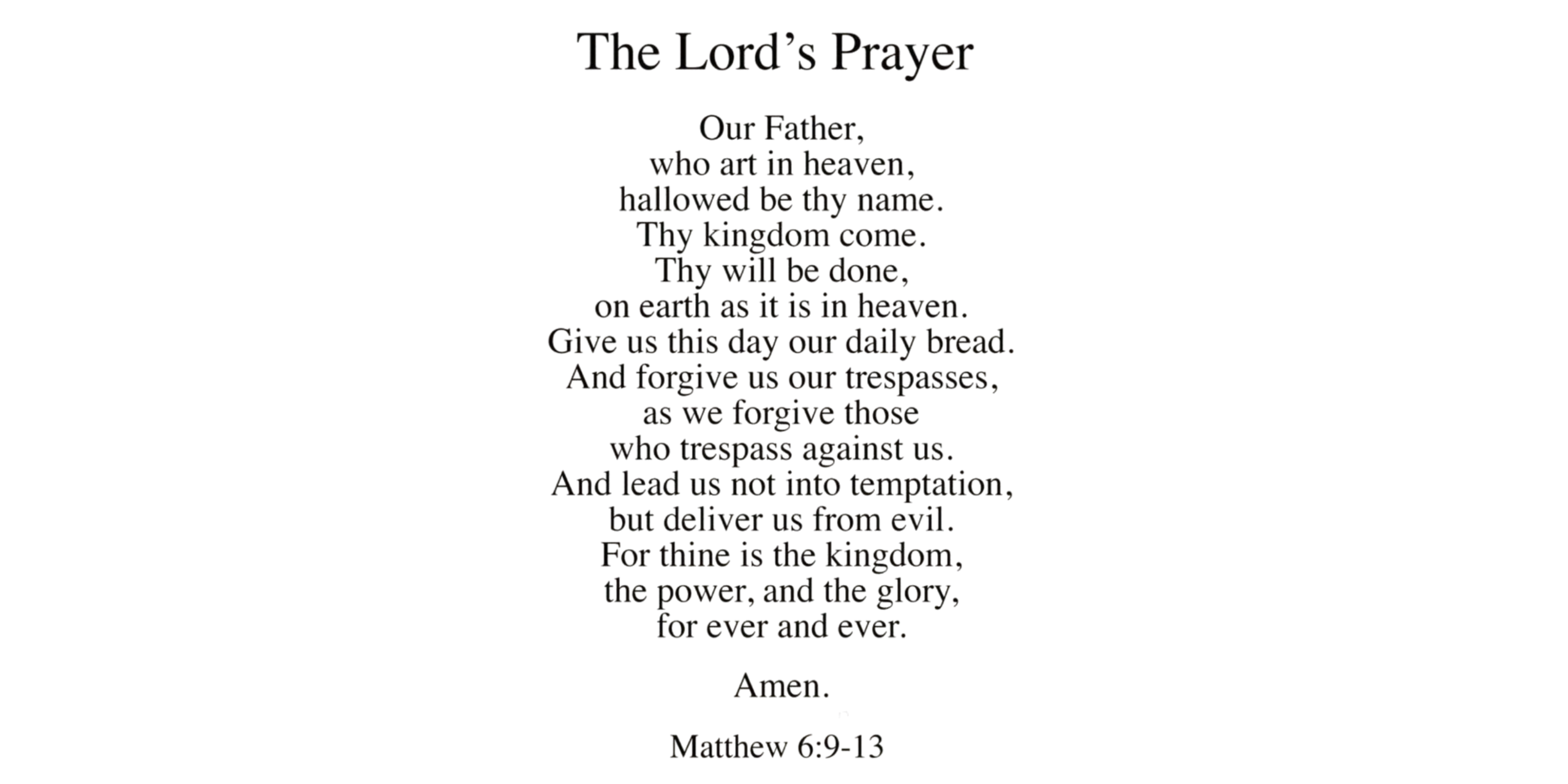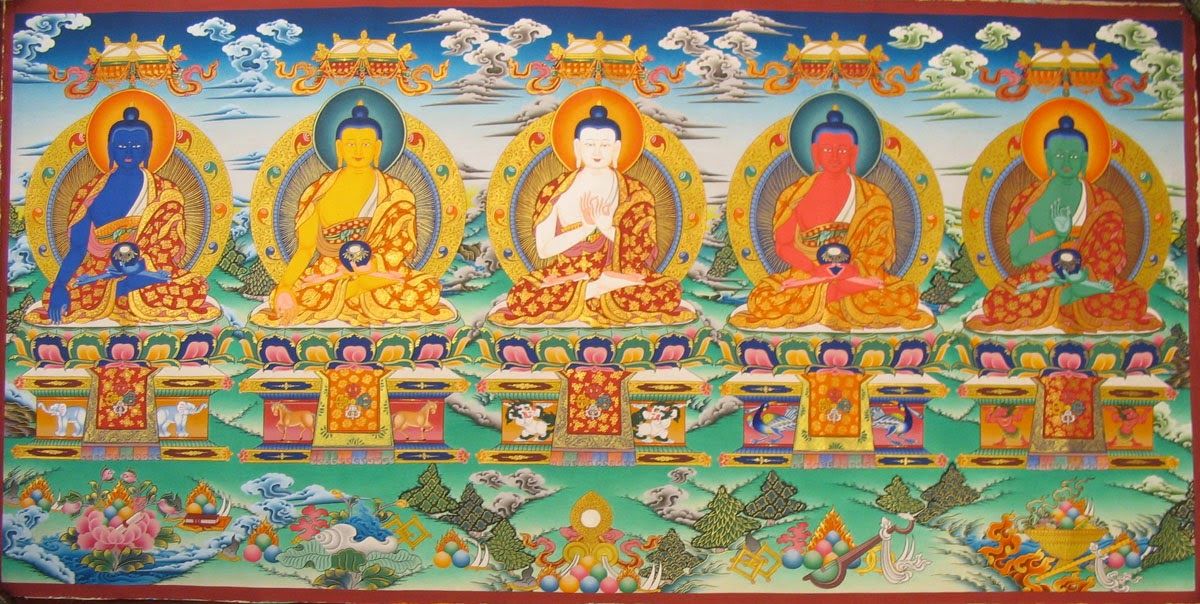There are so many parallels between mythologies, particularly Greek and Hindu mythology, that it is impossible to avoid wondering whether the stories originated with common progenitors and then spread to other civilisations and interpretations. It is difficult to say how this could be true or whether it is true at all, but the idea has always been fascinating.
Similarities in Background – Hindu and Greek Gods
According to research on ancient texts and the histories of both civilisations, the Greeks and the Sanatana Dharma have a long-standing and unbreakable relationship through their mythologies. The Vedic literature, Puranas, Tamil Sangam literature, and Tamil epics all refer to Greeks, indicating that Greeks have long coexisted alongside Vedic Hindus.
Numerous academics started to observe the different examples of prevalent metaphors between Hindu and Greek mythology.
In 1796, Sir William Jones proposed the idea of an Indo-European language family. According to this hypothesis, comparable sounds indicate similar meanings in other languages.
For example, the Sanskrit word “pitra,” literally translates to “father,” exists. The Greek word “pater,” which means “father,” uses a similar symbol. Likewise, the Latin word “piter,” the Umbrian word “patre,” and the Illyrian word “patyros.” Mythological scholars attempting to theorise that these diverse ancient societies shared a similar proto-language were captivated by this observation.
The Holy Trinity
Both faiths have the same understanding of the Holy Trinity. In Greek mythology, Zeus, Hades, and Poseidon dominate the heavens, while the Underworld governs the oceans. Similarly, the gods Brahma, Vishnu, and Maheshwar are members of the holy trinity.
Narada and Hermes
In Hindu texts, Narada is described as the spiritual son of Vishnu, while in Greek mythology, Hermes was the son of Zeus. These mythological characters serve as god-messengers, functioning similarly in their respective civilisations. Both are cunning individuals with manipulative skills. Both gods and humans are subject to their expertly crafted Machiavellian deities. At their discretion, Hermes and Narada can travel between the worlds of the gods and mortals.
Mount Olympus and Mount Kailasha
Olympus and Kailasha are mountains that still stand today and have great mythological significance. Shiva’s dwelling, Kailasha, is referred to as one of the world’s pillars. Similarly, Olympus is the home of the twelve Olympian gods and is the scene of numerous Greek stories.
Sampati and Icarus
One of the most frequently heard tales is that of Icarus and Daedalus. Interestingly, there is a similar story in Indian mythology. We have the tale of Jatayu and Sampati, just like them.
When Jatayu got too close to the sun one day as they were flying high in the sky, Sampati pursued him to save him. He saved Jatayu, but the sun’s heat burned his wings in the process, causing him to fall to the ground exactly like Icarus.
The Seven Sisters and Saptarishis
The seven Rishis who followed God during the great deluge and its aftermath are known as Saptarshis. Lord Sun can be stopped in his tracks by them. The Pleiades, a group of stars similar to the Saptarishis, are among the seven sisters mentioned in Greek mythology.
Surya and Apollo
The sun is the ruler of astrology, light, and wisdom in Indian mythology. He is a patron of bravery and leadership. With three eyes and four arms, Surya is depicted as a gorgeous individual who rides a chariot pulled by seven horses. Additionally, Surya is portrayed as a kind god who can cure the ill.
The sun, light, and prophecy are all attributes of the Greek deity Apollo. Interestingly, the renowned Indian astrologer Varāhamihira attributes his exceptional forecasting abilities to Lord Surya in his book on astrology.
In the same way the Indian God Surya is portrayed, Apollo is known to soar in a golden chariot pulled by horses.
Saraswati and Athena
Athena, the Olympian goddess of war, intelligence, skill, and strategy, is well-known. She is also regarded as the ruler of inspiration, civilisation, and the law. Known for her exceptional military and strategic abilities, she frequently assists several Greek heroes, giving her the title of goddess of heroic endeavour.
Saraswati is the Indian goddess of knowledge, the arts, music, and wisdom, much like Athena. Obtaining the goddess Saraswati’s blessings might make anyone highly educated and knowledgeable. Athena is occasionally depicted with weapons and her shield, Aegis. At the same time, Saraswati is pictured as a young woman wearing a white saree and holding literature and a sacred veena in her hand. Both of their symbolic bird is the owl.
Achilles and Arjuna
Before the Kurukshetra War, Arjuna refused to engage in combat. Achilles is hesitant to engage in battle before the Trojan War. Nevertheless, both heroes and highly accomplished fighters eventually participate in combat. Both of them lose men they love very much in these battles. Arjuna swears to murder Jayadratha at the death of his son Abhimanyu. Achilles swears to slay Hector after his ally Patroclus dies.
Hounds of Hell
Sharvara is one of the two wolves standing watch at the Yamraj-ruled netherworld entrance, known as Pitriloka. Cerberus, often known as the hound of Hades, is a multi-headed dog from Greek mythology that stands watch at the Underworld’s gates to keep the dead from departing.
Bhisma and Achilles
In the most significant battles of their respective mythologies, the Greek warrior Achilles and the Indian warrior Bhisma are both unquestionably heroes of bravery and valour. Achilles participated in the Trojan War, whereas Bhisma fought in the Mahabharata. Their mother was a river goddess, but their fathers were kings. Bhisma was born to the river goddess Ganga, and Achilles was born to the river goddess Thetis.
The fact that these soldiers shared a similar birth story is remarkable. Before Achilles, the river goddess Thetis had six sons, whom she attempted to make immortal by burning in the fire. Achilles would have ended this if his father, Peleus, hadn’t intervened to save his life. Ganga, Bhisma’s mother, had dipped all six children before Bhisma. To save Bhisma, Shantanu, Bhishma’s father, had to break his vow just in time.
Heracles and Krishna
According to Megasthenes, the Greek ambassador, Lord Krishna is compared to Heracles, the Greek demigod. “Hari-kula-es,” which translates to “the clan of Hari,” is whence the term “Heracles” originates. Since Krishna is an avatar of Hari, this relates to the Krishnan clan. Heracles’ battle against the multi-headed serpent Hydra is comparable to the encounter between Lord Krishna and the serpent Kaliya.
Zeus and Indra
These two commanders-in-chief of the celestial army are very similar. They both lived on mountains-Zeus on Olympus and Indra on Meru-and shared the same weapon. They both have comparable personalities.
The parallels are endless:
Akshayapatra is comparable to the amphora, which Zeus sanctified never to be empty, while Amrit is Ambrosia, the meal of the gods, a specifically blessed honey that is known as nectar when it ferments and becomes drinkable. Like kula devata or ooridevata, the Greeks too had guardian deities. It was crucial for mortals to pick their guardian gods wisely and to avoid upsetting other gods. However, fear was not the reason for the worship of Indian gods. They could experience perfect happiness because of their deeper and more respectful relationship with God.
In conclusion
The parallels between Hindu and Greek mythology underscore everyday human experiences and potentially prehistoric cross-cultural interactions. This mythology provides deep insights into the human condition through its gods, creation tales, heroic epics, and symbolic motifs. They represent a universal search for knowledge about the universe, ethics, and humanity’s place in the greater scheme of things. These tales’ persistent appeal stems from their capacity to speak to people of all backgrounds and times, proving the enduring relevance of mythical concepts.

